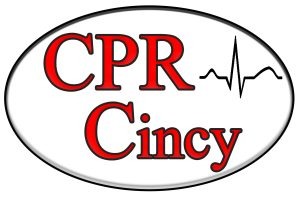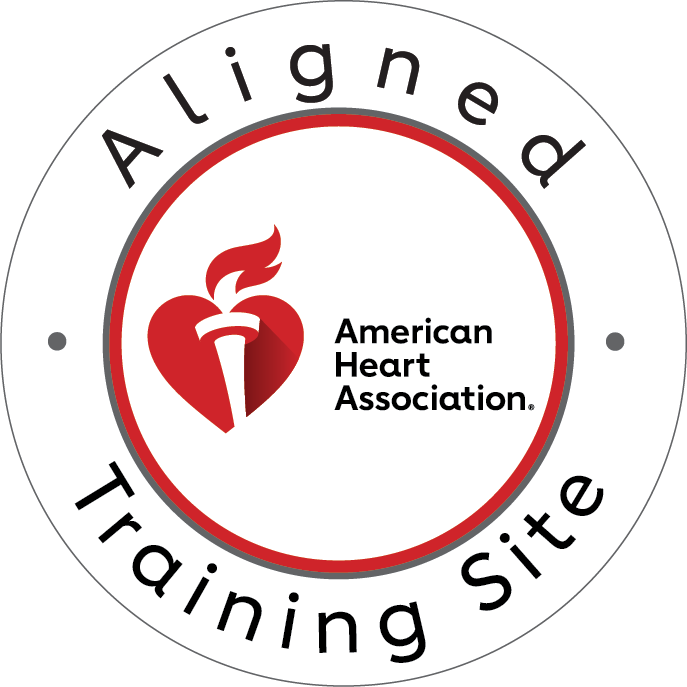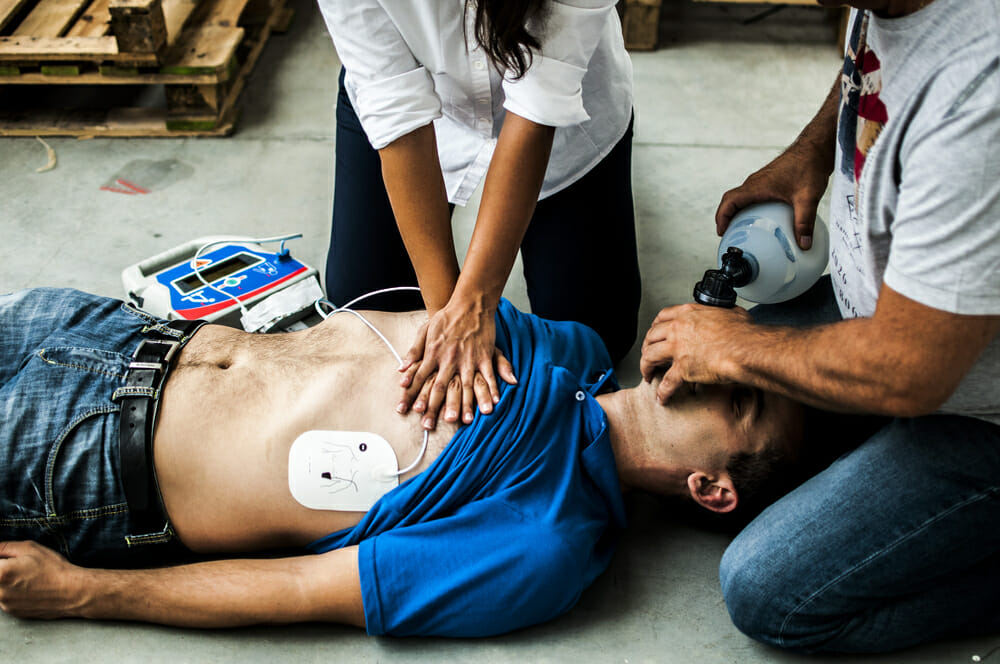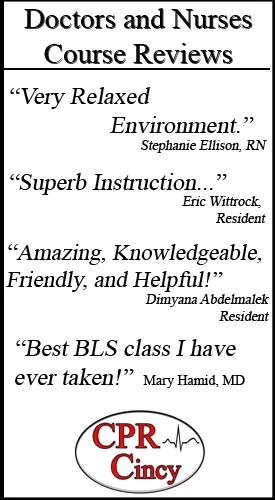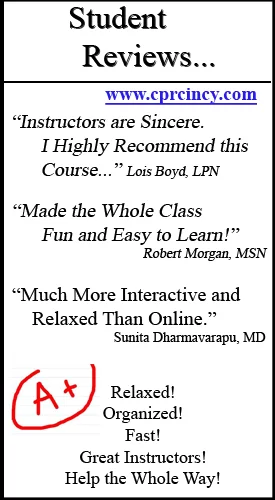Cardiopulmonary resuscitation (CPR) is a life-saving skill that can significantly increase a person’s chances of survival during cardiac arrest. When performed correctly, CPR helps maintain circulation and oxygen supply to vital organs until advanced medical care is available. While single-rescuer CPR is effective in many situations, two-rescuer CPR provides a higher level of efficiency and better patient outcomes.
Two-rescuer CPR allows for more effective compressions and ventilations by distributing the workload between two individuals. This method is commonly used in hospitals, emergency response teams, and situations where trained rescuers are present. By working together seamlessly, two rescuers can minimize fatigue, ensure continuous compressions, and improve the overall quality of care. If you’re looking to enhance your CPR skills, CPR Cincinnati is an American Heart Association training site that provides expert instruction to help individuals gain confidence in life-saving techniques.
Understanding Two-Rescuer CPR
Two-rescuer CPR involves two trained individuals working together to perform chest compressions and rescue breaths efficiently. The primary goal is to maintain high-quality compressions while ensuring proper ventilation for the victim.
One of the main advantages of two-rescuer CPR is the ability to reduce rescuer fatigue. CPR is physically demanding, and as a single rescuer tires, the effectiveness of compressions can decline. By alternating roles every two minutes, two rescuers can maintain high-quality compressions without excessive exhaustion. Additionally, with one person dedicated to compressions and the other managing airway and breaths, the process becomes more efficient, increasing the victim’s chances of survival.
This method is most commonly used in hospitals, emergency medical settings, and by first responders who are trained in advanced life support techniques. However, it is also beneficial in community settings where two trained individuals can assist each other in performing CPR until professional help arrives.
Step-by-Step Guide to Two-Rescuer CPR:
Scene Assessment and Preparation
Before starting CPR, it’s crucial to assess the scene for safety. Rescuers should ensure that there are no immediate dangers, such as traffic, fire, or electrical hazards, that could put them or the victim at risk.
Next, assess the victim’s responsiveness by tapping them and shouting, “Are you okay?” If there is no response, one rescuer should immediately activate the emergency response system by calling 911 or directing a bystander to do so. If an automated external defibrillator (AED) is available, it should be retrieved as soon as possible.
Roles should be assigned at this stage:
- Rescuer 1: Performs chest compressions.
- Rescuer 2: Manages airway and rescue breaths.
Activating Emergency Response and Beginning CPR
If the victim is unresponsive and not breathing normally, CPR must be initiated immediately.
- Start Chest Compressions:
- Position hands in the center of the victim’s chest (lower half of the sternum).
- Compress at a rate of 100-120 compressions per minute.
- Maintain a depth of at least 2 inches (5 cm) for adults.
- Allow full chest recoil between compressions.
- Perform Rescue Breaths:
- After 30 compressions, Rescuer 2 provides 2 breaths using a mask or barrier device.
- Ensure the airway is properly positioned using the head tilt-chin lift technique.
- Deliver each breath over 1 second, making sure the chest visibly rises.
Effective Coordination Between Rescuers
To maintain the highest quality CPR, seamless communication and coordination are essential.
Switch roles every 2 minutes to prevent fatigue. The switch should occur quickly, ideally within 5 seconds, to minimize interruptions in compressions.
Maintain clear communication by counting out loud for compressions and signaling when breaths are being given.
Ensure continuous compressions by coordinating actions efficiently. The rescuer giving breaths should be ready to immediately start compressions when switching roles.
Using an Automated External Defibrillator (AED)
An AED plays a crucial role in increasing survival rates during cardiac arrest. When an AED is available:
- Turn it on and follow the voice prompts.
- Attach the electrode pads to the victim’s bare chest (upper right chest and lower left side).
- Allow the AED to analyze the heart rhythm.
- If a shock is advised, ensure no one is touching the victim and press the shock button.
- Resume CPR immediately after the shock, following the 30:2 compression-to-breath ratio.
Using an AED alongside high-quality CPR greatly improves the chances of restoring a normal heart rhythm before emergency medical services arrive.
Common Mistakes and How to Avoid Them
Even trained rescuers can make errors that reduce the effectiveness of CPR. Some of the most common mistakes include:
Inadequate chest compressions: Compressing too shallowly or too slowly can reduce circulation. Always aim for the recommended depth and rate.
Improper ventilation: Giving breaths that are too forceful or too quick can cause air to enter the stomach instead of the lungs, leading to complications. Breaths should be gentle and just enough to make the chest rise.
Lack of coordination: Rescuers should communicate clearly to ensure smooth transitions and minimal interruptions.
Delays in AED use: The AED should be used as soon as possible. Follow the prompts and resume CPR immediately after a shock is delivered.
By practicing these techniques and avoiding common mistakes, rescuers can significantly improve patient survival rates.
The Importance of Certification and Hands-On Training
CPR is a skill that requires regular training and hands-on practice to ensure confidence and competence in an emergency. Even with theoretical knowledge, performing CPR effectively under pressure can be challenging.
CPR Cincinnati provides comprehensive training programs, including Basic Life Support (BLS), Advanced Cardiac Life Support (ACLS), Pediatric Advanced Life Support (PALS), and First Aid. These courses offer hands-on practice with manikins, real-time feedback, and expert instruction to ensure participants develop the necessary skills for real-life emergencies.
A stress-free learning environment and certification from the American Heart Association make CPR Cincinnati a top choice for anyone looking to become CPR-certified. Whether you are a healthcare professional, first responder, or concerned community member, proper training can prepare you to act confidently when seconds count.
Mastering two-rescuer CPR is an invaluable skill that can significantly improve survival outcomes in cardiac arrest cases. By following the correct compression-to-breath ratio, coordinating effectively, and using an AED when available, rescuers can maximize their life-saving efforts.
Regular training and certification ensure that CPR skills remain sharp and up to date. If you want to become certified or renew your CPR certification, consider enrolling in a class at CPR Cincinnati. Taking action today could mean saving a life tomorrow. Sign up for a CPR class and be prepared to make a difference in an emergency.

